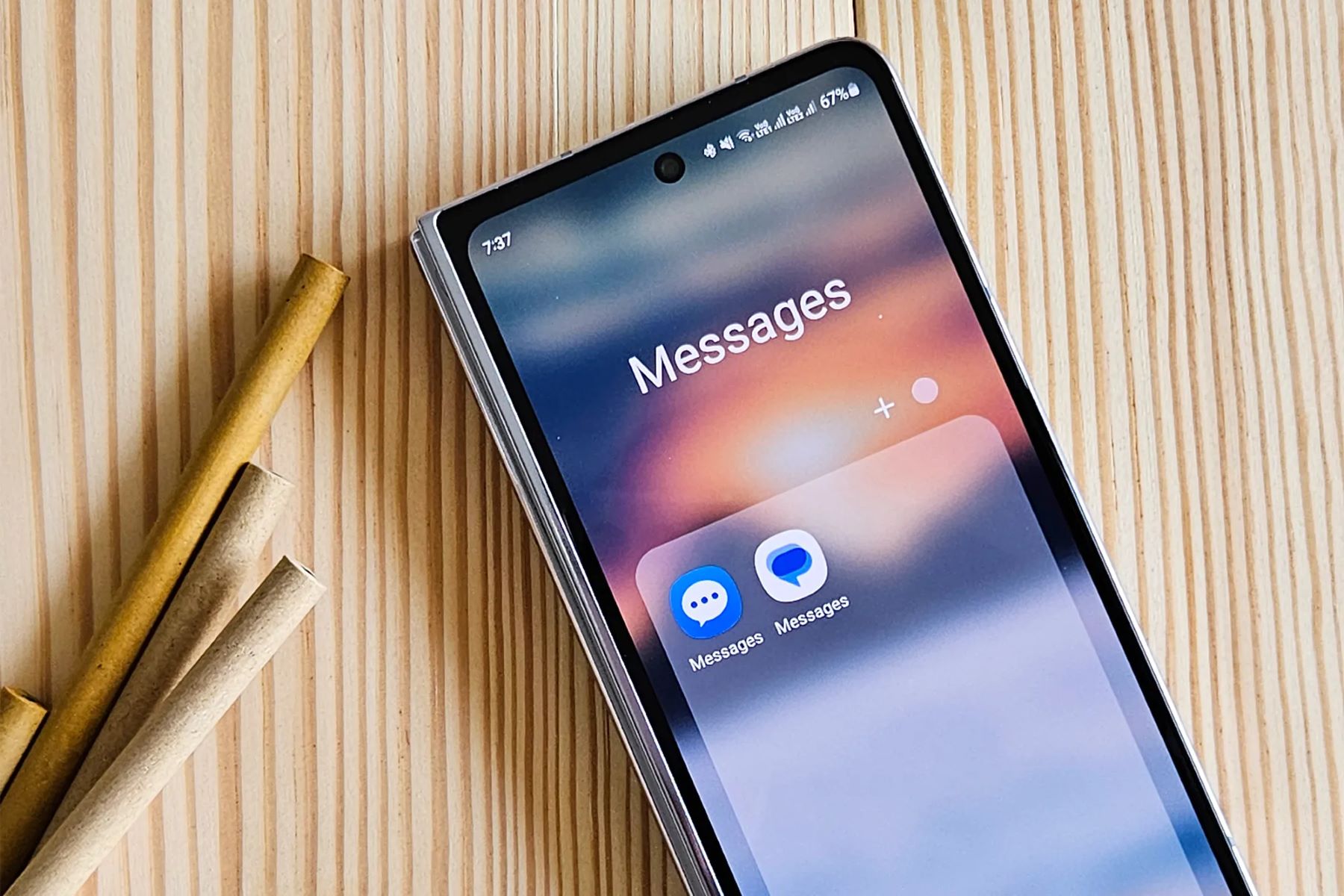
Understanding the Basics of Text Messaging
Text messages, also known as SMS (Short Message Service), are sent over cellular networks. When a text message is sent, the phone converts the message into binary digits and transmits them to the recipient's phone via the cellular network. The recipient's phone then converts these binary digits back into text.
Common Issues After Switching to Android
iMessage Configuration
iMessage on iPhone
If you were using an iPhone, iMessage might have been enabled. iMessage is Apple's proprietary messaging service that allows users to send messages over the internet using Wi-Fi or cellular data. If iMessage remains enabled on your old iPhone, it might intercept your texts, preventing them from reaching your new Android device.
Solution
To resolve this issue, turn off iMessage on your old iPhone:
- Go to Settings on your iPhone.
- Tap on Messages.
- Scroll down and tap on Send & Receive.
- Tap on your Apple ID at the top of the screen.
- Tap on Edit next to your phone number.
- Tap on Remove This Number.
- Confirm by tapping on Turn Off iMessage.
Carrier Settings
Sometimes, carrier settings can cause issues with text messaging. If you have recently changed carriers or updated your carrier settings, it might affect your ability to receive texts.
Solution
Check with your carrier for any updates or changes that need to be made. You can also try resetting your network settings by going to Settings > System > Advanced > Reset options > Reset network settings.
SIM Card Issues
A faulty or incorrectly inserted SIM card can prevent you from receiving texts.
Solution
Ensure that your SIM card is properly inserted into your new Android device. If using a dual-SIM device, make sure the correct SIM card is set as the primary one for text messaging.
Messaging Apps
Third-party messaging apps like WhatsApp or Signal might interfere with your ability to receive standard SMS texts.
Solution
Try disabling these apps temporarily or switch to the default messaging app provided by your Android device.
App Permissions
Some apps may require specific permissions to function properly, including access to your phone's messaging system.
Solution
Check the permissions for any messaging apps you are using and ensure they have the necessary permissions to send and receive texts.
Software Updates
Outdated software on either your device or carrier network can cause compatibility issues with text messaging.
Solution
Ensure that both your device and carrier network are running the latest software updates.
Network Coverage
Poor network coverage can prevent you from receiving texts.
Solution
Check your network coverage in the area you are in. If you are in an area with poor coverage, try moving to a different location or using Wi-Fi calling if available.
Device Settings
Sometimes, device settings can be misconfigured, preventing you from receiving texts.
Solution
Check your device settings for any configurations that might be blocking or delaying texts. For example, some devices have settings that allow you to block specific numbers or types of messages.
Third-Party Apps Interference
Some third-party apps might interfere with your default messaging app or block incoming texts.
Solution
Try uninstalling any third-party messaging apps and see if the issue resolves itself. If it does, you can reinstall the app later and configure it to work with your default messaging app.
Factory Reset
If none of the above solutions work, it might be worth performing a factory reset on your device.
Solution
Go to Settings > System > Advanced > Reset options > Factory data reset. This will erase all data on your device, so make sure to back up any important information before proceeding.
Additional Tips
Check with Your Carrier
Sometimes, carriers have specific settings or requirements that need to be met for text messaging to work properly.
Solution
Contact your carrier's customer support to see if there are any specific settings or configurations that need to be made on their end.
Use the Default Messaging App
Using the default messaging app provided by your device can often resolve compatibility issues with third-party apps.
Solution
Try switching to the default messaging app provided by your device and see if the issue resolves itself.
Clear Cache and Data
Clearing the cache and data of your messaging app can sometimes resolve issues related to corrupted data.
Solution
Go to Settings > Apps > Messaging App > Storage > Clear Cache and Clear Data.
Check for Software Updates
Regularly checking for software updates can ensure that you have the latest features and bug fixes.
Solution
Go to Settings > System > System Update and check for any available updates.
Use Wi-Fi Calling
If you have poor network coverage, using Wi-Fi calling can be a good alternative for making and receiving calls and texts.
Solution
Enable Wi-Fi calling in your device settings and see if it improves your communication experience.
By understanding the common issues and following the step-by-step solutions outlined here, you should be able to resolve the problem and enjoy seamless text messaging on your new device. Always check with your carrier for any specific settings or requirements, and consider using the default messaging app provided by your device to avoid compatibility issues with third-party apps. With patience and persistence, you should be able to get back to enjoying uninterrupted text messaging on your Android device.
